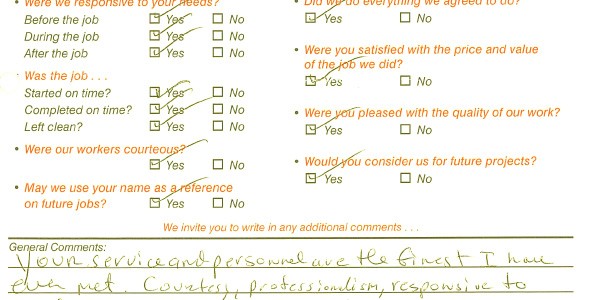
And More Due Diligence Items On Your Checklist
Rules of Thumb, Part 4 (continued)
In our previous article, we discussed the importance of gathering utility bills, insurance documents, outstanding work orders and loan documents. In this article, we are going to focus on retrieving:
- 3 years of capital improvements
- Property taxes
- Current payroll and copies of all warranties. We will discuss why to ask for them and how to review them.
3 Years of Capital Improvements:
Have the current owners reinvested any capital back into their investment? This question is easily answered by looking at the 3 previous years of capital improvements.
Capital improvements differ from repairs in that a repair simply fixes something while a capital improvement enhances the property and adds value while increasing the useful life of the asset. For instance, installing a water heater or replacing a roof is a capital improvement.
We like to see owners that have a capital improvement budget and a capital expenditure account. This shows us that the owners have cared for the asset and that deferred maintenance will be minimal. If the owners have performed few capital improvements the past three years, be ready to invest money into the property.
Have the inspector look closely at all fixed assets on the property, including water heaters, appliances, air conditioners, and other large ticket items such as roofs and driveways.
Property Taxes:
Go to the town assessor’s office and request the tax assessment on the property. It is always a good idea to ask the assessor if rates will be going up in the near future. The property may be over assessed, so once you assume ownership, retain the services of a lawyer and commence the action of grieving the taxes.
If the taxes are low, then the property will be reassessed after the purchase and the municipality may use the new sale price to establish value. This may trigger an increase in your taxes, so be sure to take that into consideration when analyzing the property.
Paying taxes is a large portion of an expense when running a property, so think about grieving your taxes every year to try to lower them.
Copy of all Warranties:
Once you receive a list of inventory to be transferred at closing, the next step is to see if any of the assets have warranties. This list may include:
- Maintenance equipment, such as lawn mowers or tractors.
- Appliances
- Boilers
- Air Conditioning units or Heat pumps
- Roof
- Driveway work
- Pool
- Elevator repair
- Clubhouse (gym)
- Tennis Courts
- Storage Sheds
It would be a nice surprise to know that the new A/C units that were installed recently are warrantied for any repairs. It will also give you an idea as to the age of the equipment.
Current Payroll:
When you assume ownership of the property, it is wise to find out what employees are full time and what employees are issued 1099s (independent contractors). You need to carry workman’s compensation and disability insurance for full time employees, and you can estimate the cost by knowing how large the payroll is. You can also realize if the property is being run efficiently or if you need to increase the number of employees.
Start looking for additional help while performing the due diligence and begin to assess the current members on the payroll. You want to hit the ground running when you finally close on the property.
We use a payroll service to calculate our payroll. It is much easier and we are certain that all the taxes will be withheld and paid to Uncle Sam. The top two providers are Paychex, who specialize in small businesses, and ADP. Some banks, such as Wells Fargo have gotten into the business.
In the next article, we will be addressing the next 4 items on our checklist. It is vital to review all the items. If you need to see the checklist, click here for the entire list.






